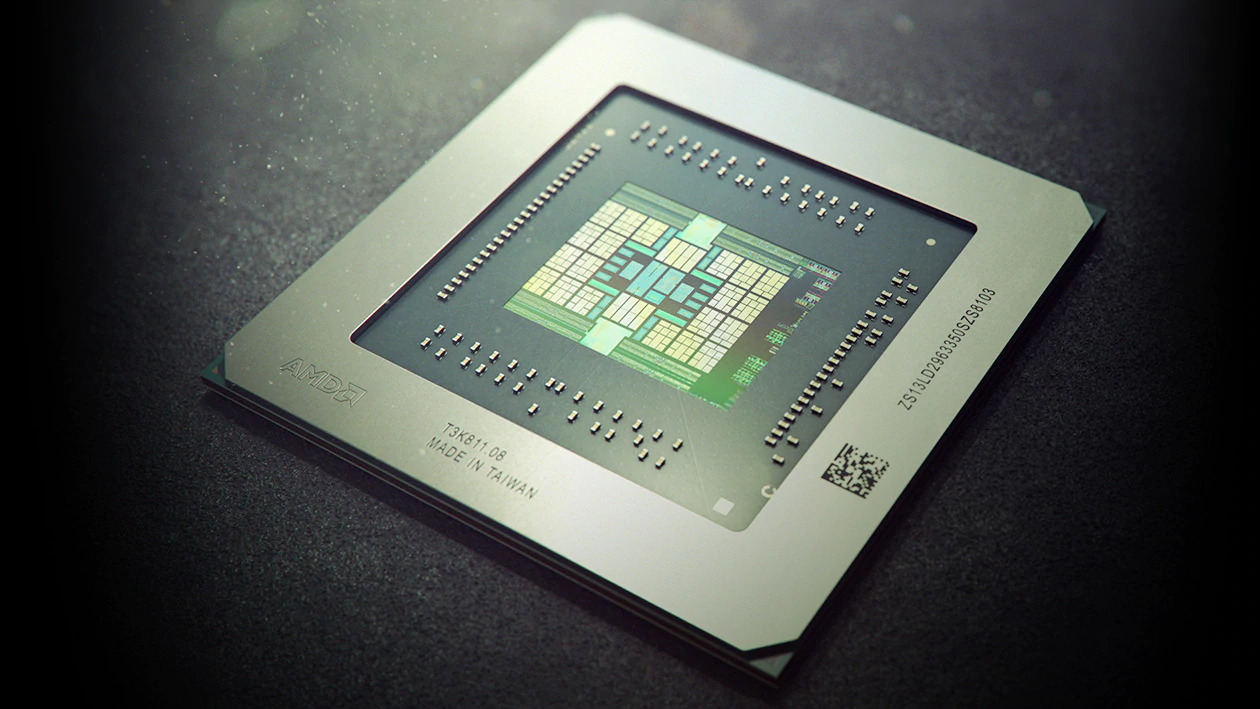AMD announces FidelityFX tech optimised for RDNA GPUs and FreeSync HDR
AMD's launched the new GPUOpen graphics technology website with four new graphics technologies.

There's a new GPUOpen website, and with its redesign comes four new open-source FidelityFX effects to improve the AMD Radeon gaming experience. Stand by for acronyms (or initialisms): we've got CACAO, SSSR, LPM, and SPD—many of which have been optimised for the RDNA architecture.
The four new technologies are:
- FidelityFX Screen Space Reflections: Implementation of Stochastic Screen Space Reflections (SSSR) delivers high-quality reflections with minimal overhead via an optimized compute shader and RDNA architecture-optimized denoising.
- FidelityFX Ambient Occlusion: RDNA architecture-optimized Combined Adaptive Compute Ambient Occlusion (CACAO) effect dynamically and efficiently helps improve the appearance of objects based their exposure to ambient light.
- FidelityFX HDR Mapper: Optimised for use with AMD FreeSync Premium Pro displays, the Luminance Preserving Mapper (LPM) delivers superior HDR and wide color gamut content for games.
- FidelityFX Downsampler: Optimized for RDNA architecture, AMD’s compute shader-based Single Pass Downsampler (SPD) generates texture MIP levels using asynchronous compute for optimal performance.
You can read more about each effect in-depth over at the new and improved GPUOpen website. One thing that stands out is that the basis for the new FidelityFX CACAO technology is Intel's Adaptive Screen Space Ambient Occlusion tech, "however our team has been busy tinkering with and optimising it" says AMD.
"AMD has a rich tradition of supporting both open standards and open source," says Andrej Zdravkovic, VP for Software at AMD. "Today, I’m very excited to see our relaunched GPUOpen website, which marks AMD’s continued commitment to openness and the enablement of innovation. Whether its fantastic developer tools, vibrant graphical effects, or our easy-to-use SDKs; GPUOpen puts developers at the heart of everything we do."
GPUOpen is a collection of open-source GPU technologies and specifications laid out by AMD for developers to implement into their games for faster performance, more impressive visuals, or new effects—and built mostly to cater to its hardware, too. The initiative has been around quite some time, but the FidelityFX toolkit for devs was only introduced last year with Content Adaptive Sharpering (CAS).
So what does this all mean for you? Well, it's up to developers to integrate the features as and when they see fit, but each one has the potential to enhance the AMD Radeon ecosystem if and when they're used. That could see improved support for the latest RDNA architecture and accompanying graphics cards, or even FreeSync HDR (found under FreeSync Premium Pro) gaming monitors.
Perhaps we'll see a further ramp up in GPUOpen functionality as we head towards the launch of RDNA 2.0 graphics cards and the AMD-powered Xbox Series X and Playstation 5 consoles. All of which is reportedly on-track for release towards the end of the year.
The biggest gaming news, reviews and hardware deals
Keep up to date with the most important stories and the best deals, as picked by the PC Gamer team.

Jacob earned his first byline writing for his own tech blog. From there, he graduated to professionally breaking things as hardware writer at PCGamesN, and would go on to run the team as hardware editor. He joined PC Gamer's top staff as senior hardware editor before becoming managing editor of the hardware team, and you'll now find him reporting on the latest developments in the technology and gaming industries and testing the newest PC components.

